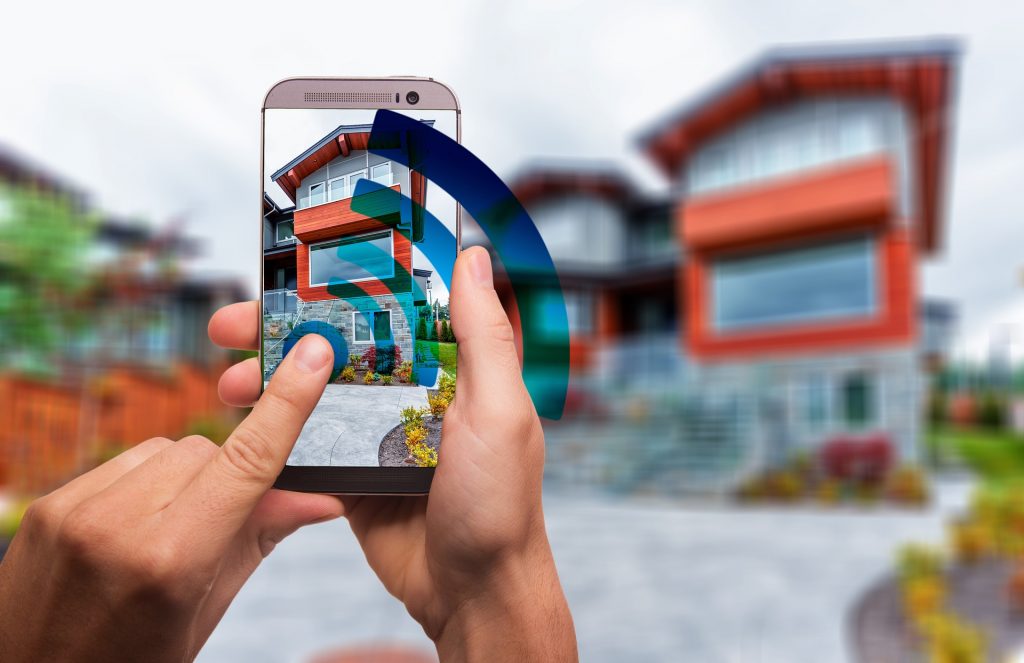
To make your own J.A.R.V.I.S., you don’t need to be a billionaire genius.
What is a smart home
It is a system that ensures the interaction of consumer electronics, lighting and climate equipment, which is designed to increase the level of energy conservation, safety, and comfort of the home.
In the classical sense, it is an autonomous complex of management of all systems of a building without human participation based on specified conditions. In a broader sense, any system is considered a smart home, allowing you to control technology remotely and configure automatic scripts that are tied to certain events.
Due to the very high price, complexity and the need for implementation at the construction stage, the first option is not widespread, so consider the second.
Why do you need a smart home
Energy conservation, safety, and comfort are the three main tasks of a smart home.
The efficient use of energy resources is achieved through the operation of lighting, climate equipment, and other equipment only in the presence of man. Various sensors are responsible for security, they detect water leaks, smells of smoke and gas, as well as those that can detect an invasion of the house and inform the owner about it. Comfort is provided by the ability to control from a smartphone and the operation of automatic scripts.
How does a smart home work
The composition of a smart home includes dozens of different components, but they are all divided into three types: controller, smart technology and sensors. The heart of the system is the main unit, which is also called the hub, or gateway. Sensors, buttons, cameras and various home gadgets are connected to it via cable or wireless communication protocols.
The gateway connects to the server, which stores all the data from the devices and runs the scripts. Servers can be local and cloud. The first ones are required installation on a separate PC but work without the Internet. The second ones eliminate the additional link in the chain but are dependent on connecting to the network. In addition, some local solutions support several types of hubs, which allows you to combine smart devices from different manufacturers into a single infrastructure.
After the initial setup, all of the above remains behind the scenes and interaction with the system is carried out through applications on a smartphone or computer that communicate with the server.
What a smart home can do and how it works
Depending on the installed modules and customized scenarios, the possibilities of a smart home are almost endless. As a rule, in basic systems, there is control of lighting and sockets, as well as the functions of an intercom and security alarm. More advanced complexes boast climate control and ventilation, fire alarms, and control of water and gas leaks.
With the help of scripts, it is easy to set up coffee brewing in the morning, as well as the use of blinds on a sunny day and the opening of the garage door upon arrival home. A smart house will automatically water home plants depending on the state of the soil, and when you leave for work, it will give the vacuum cleaner a command to clean.
All the magic happens on the server, where the data flows from the hubs, to which, in turn, the components of the smart home are connected.
You can manage processes through a mobile application, using a universal remote control or just by voice, using integration with Siri, Google Assistant or other virtual assistants. At the same time, there are almost always duplicate mechanical buttons for manual control of devices.
Picture Credit: Pixabay
